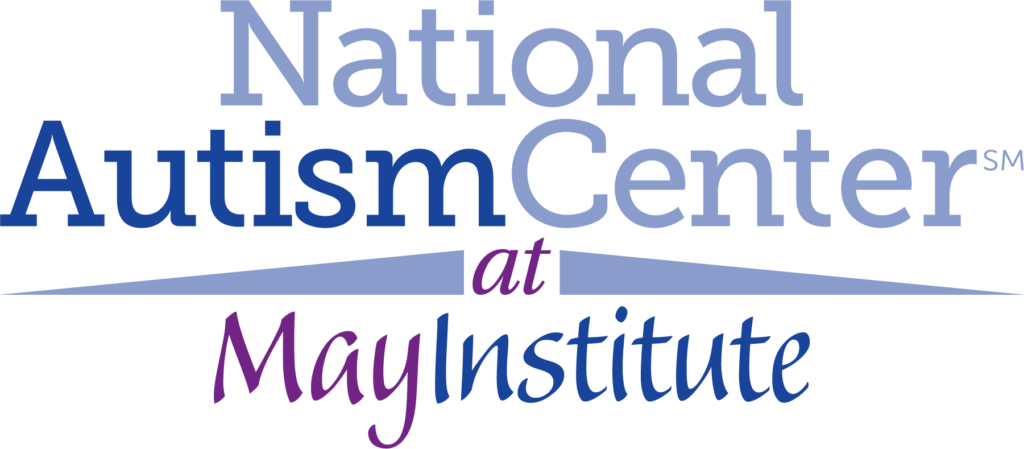Autism
Facts about Autism
There are no medical tests for diagnosing autism, but when parents become concerned about developmental delays in children, they should consult a physician. He or she can rule out various potential medical causes, such as hearing problems. Before a child can be diagnosed, that child should be evaluated by an autism specialist. Such a person may be a psychologist, psychiatrist, pediatric neurologist, or developmental pediatrician who specializes in diagnosing and treating children with ASD. Best practice guidelines identify the following six components of a comprehensive diagnostic evaluation for autism:
- Parent or caregiver interview
- Review of relevant medical, psychological, and/or school records
- Cognitive/developmental assessment
- Direct play observation
- Measurement of adaptive functioning
- Comprehensive medical examination
ASD diagnostic criteria are described by the American Psychiatric Association (APA) in its Diagnostic & Statistical Manual of Mental Disorders (DSM-V). Qualified professionals provide these diagnoses when symptoms of ASD (social interaction and social communication, and repetitive behaviors) are present in ranges that are inappropriate for the child’s age and developmental level.
ASD is diagnosed when all these symptoms are present to some degree. A diagnosis also includes a specification of severity. Specifically, qualified professionals will use information gathered during the diagnostic assessment to indicate the level of support an individual with ASD requires; Level 1 Requiring Support, Level 2 Requiring Substantial Support, Level 3 Requiring Very Substantial Support.
Social Interaction and Social Communication: Child shows little interest in making friends; initiates social interactions primarily to have immediate needs met (e.g., to get food, preferred toy); and tends not to share accomplishments and experiences. Other symptoms include lack of eye contact, and absent or limited and atypical gestures (e.g., using someone’s hand as a tool for opening the door). Loss of language occurs in some cases.
Restricted Interests and Repetitive Behaviors: Intensely repetitive motor movements or use of objects; child is consumed with a single item, idea, or person; experiences difficulty with changes in the environment or transitioning from one situation to another; may have frequent tantrums; and may be aggressive or self-injurious.
One in 36 children in the United States (2.8%) is estimated to have autism spectrum disorder (ASD), according to a report recently released by the Centers for Disease Control and Prevention (CDC). That number is up from one in 44 (2.3%) just two years ago.
Although one specific cause of ASD is not known, current research links autism to biological or neurological differences in the brain. Autism is believed to have a genetic basis, although no single gene has been directly linked to the disorder. Researchers are using advanced brain- imaging technology to examine factors that may contribute to the development of autism. MRI (Magnetic Resonance Imaging) and PET (Positron Emission Tomography) scans can show abnormalities in the structure of the brain, with significant cellular differences in the cerebellum.
Look for programs that:
- involve direct consultation by senior clinicians (doctoral-level or board certified professionals)
- include staff who can clearly describe the design and implementation of an intervention
- integrate research findings with professional judgment and data-based clinical decision making, the values and preferences of families, and capacity to effectively implement interventions
- address the comprehensive needs of individuals on the autism spectrum with sufficient intensity so children and adolescents can make meaningful progress

